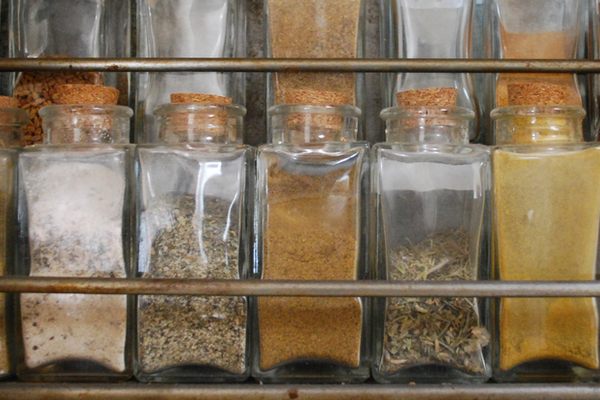Objects of Intrigue: A Horse Made of Cheese
The cheese horse at the Horniman Museum
(all images courtesy Horniman Museum and Gardens)
One of the smallest wonders in the Horniman Museum and Gardens in London is a horse made of cheese.
The edible stallion is only a few centimeters long, and was given to the museum in the 1950s, so considering its lactose roots it’s held up pretty well. However, its story had been lost by the time the Horniman examined it in 2012 for their three-year Collections People Stories project where they were delving into their anthropology collections. All they knew was it came from Poland.
However, once they posted about the horse on their blog, the Polish Cultural Institute in London directed them to Małgorzata Oleszkiewicz at the Ethnographic Museum in Krakow. In the Polish museum, there just so happened to be another cheese horse, along with five deer, a rooster, and three additional horses — one with a rider, with the latest made in the 1990s. It turned out that the horse is what is known as a Bar’ańczyk, which means sheep after the type of animal milk the cheese was made from, but was bestowed on all cheese animals made by Polish shepherds.
The horse at the Ethnographic Museum is a little more detailed than the Horniman horse — although they both were likely molded by hand from cheese and covered with butter, with possible supports in their legs so they could stand upright on their sculpted hooves. The Krakow horse carries a little saddle with a couple of barrels representing the containers used to carry sheep’s milk. As described on the museum site, the cheese animals — which were sometimes sheep, roosters, ducks, deer, and also horses — were often sold by shepherds roaming the land, or at fairs for small gifts or toys to children. So it’s remarkable they survived so long not just for their material, but that no eager child gobbled up the adorable little animal morsels.
Read more about the cheese horse at the Horniman Museum & Gardens blog.
OBJECTS OF INTRIGUE is a feature highlighting extraordinary objects from the world’s great museums, private collections, historic libraries, and overlooked archives. See more incredible objects here >
Gastro Obscura covers the world’s most wondrous food and drink.
Sign up for our email, delivered twice a week.



































Follow us on Twitter to get the latest on the world's hidden wonders.
Like us on Facebook to get the latest on the world's hidden wonders.
Follow us on Twitter Like us on Facebook